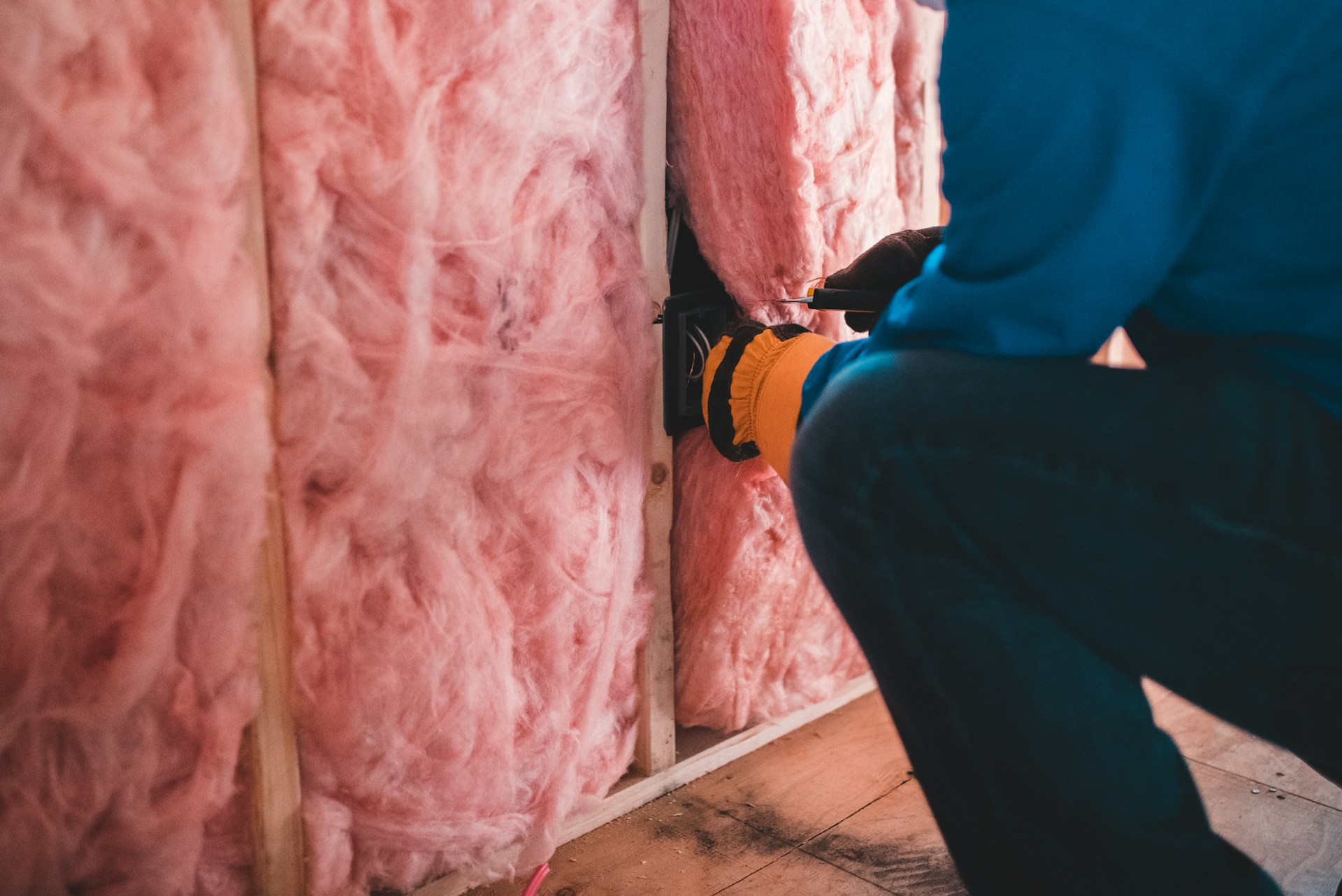

Question: What is the Most Energy-Efficient Home Insulation?
Answer: The most energy-efficient insulation types are typically spray foam, specifically closed-cell, and rigid foam boards due to their high R-values. However, the best choice depends on climate, application area, and budget.
Maximizing Energy Efficiency: A Guide to Home Insulation
What is the most energy-efficient home insulation? Homeowners frequently ask this question as they strive to reduce energy bills and increase comfort. Effective insulation plays a crucial role in maintaining a stable indoor temperature, minimizing heat transfer, and optimizing energy consumption. This article explores various insulation materials, their R-values, and factors influencing the best choice for your home.
Understanding Insulation and R-Value
Insulation resists heat flow, keeping your home warm in winter and cool in summer. Its effectiveness is measured by its R-value, indicating its thermal resistance. A higher R-value signifies greater insulation power. The recommended R-value varies depending on climate and building location. Attics, walls, and basements require specific R-values for optimal performance.
Click the link to get more information about Orangeville real estate agents
Related Article: Which Energy System is the Most Efficient?
Related Article: What Takes the Most Electricity in a Home?
Factors Influencing Insulation Choice
Selecting the most energy-efficient insulation involves considering several factors beyond R-value:
Climate:
Colder climates demand higher R-values.Building Design:
The existing structure and accessibility influence installation options.Budget:
Material costs and installation expenses vary significantly.Environmental Impact:
Consider the recycled content and manufacturing process of the insulation.Health and Safety:
Some materials require specific handling procedures.
Installation Best Practices
Proper installation significantly impacts insulation performance. Key considerations include:
Air Sealing:
Addressing air leaks before adding insulation is important to maximize effectiveness. Caulk and weatherstripping seal gaps and cracks, preventing drafts.Vapour Barrier:
Installing a vapour barrier prevents moisture buildup, protecting against mould and structural damage. Ensure proper placement to avoid trapping moisture within the walls.Proper Fit:
Insulation should fit snugly within framing cavities without gaps or compression to maintain its R-value.Professional Installation:
Complex installations, particularly with spray foam, often benefit from professional expertise to ensure proper application and safety.
Government Rebates and Incentives
Government programs often offer rebates and incentives for energy-efficient upgrades, including insulation. These programs can help offset the initial investment, making energy-efficient choices more financially attractive. Research available programs in your area to maximize potential savings.
Canada Greener Homes Grant:
Offers grants for energy-efficient retrofits including insulation. Eligibility criteria apply.Provincial Programs:
Check for additional incentives offered by your province or territory.
Beyond Insulation
While insulation plays a critical role in energy efficiency, combining it with other strategies amplifies its benefits. Consider incorporating these measures:
High-Performance Windows:
Reduce heat transfer through windows with double or triple-paned, low-E coated windows.Air Sealing:
Thoroughly sealing air leaks throughout the house minimizes drafts and energy loss.Efficient HVAC Systems:
Upgrading to energy-efficient heating and cooling systems optimizes energy usage.
Conclusion
In conclusion, determining the most energy-efficient insulation involves evaluating various factors including R-value, material type, installation method, and budget. By carefully assessing these factors and combining insulation with other energy-saving strategies, you can create a comfortable, energy-efficient home and reduce your environmental impact. Remember to research available rebates and incentives to maximize your investment in energy efficiency. [ 1 ]
References
1. https://bkvenergy.com/blog/types-of-insulation/


